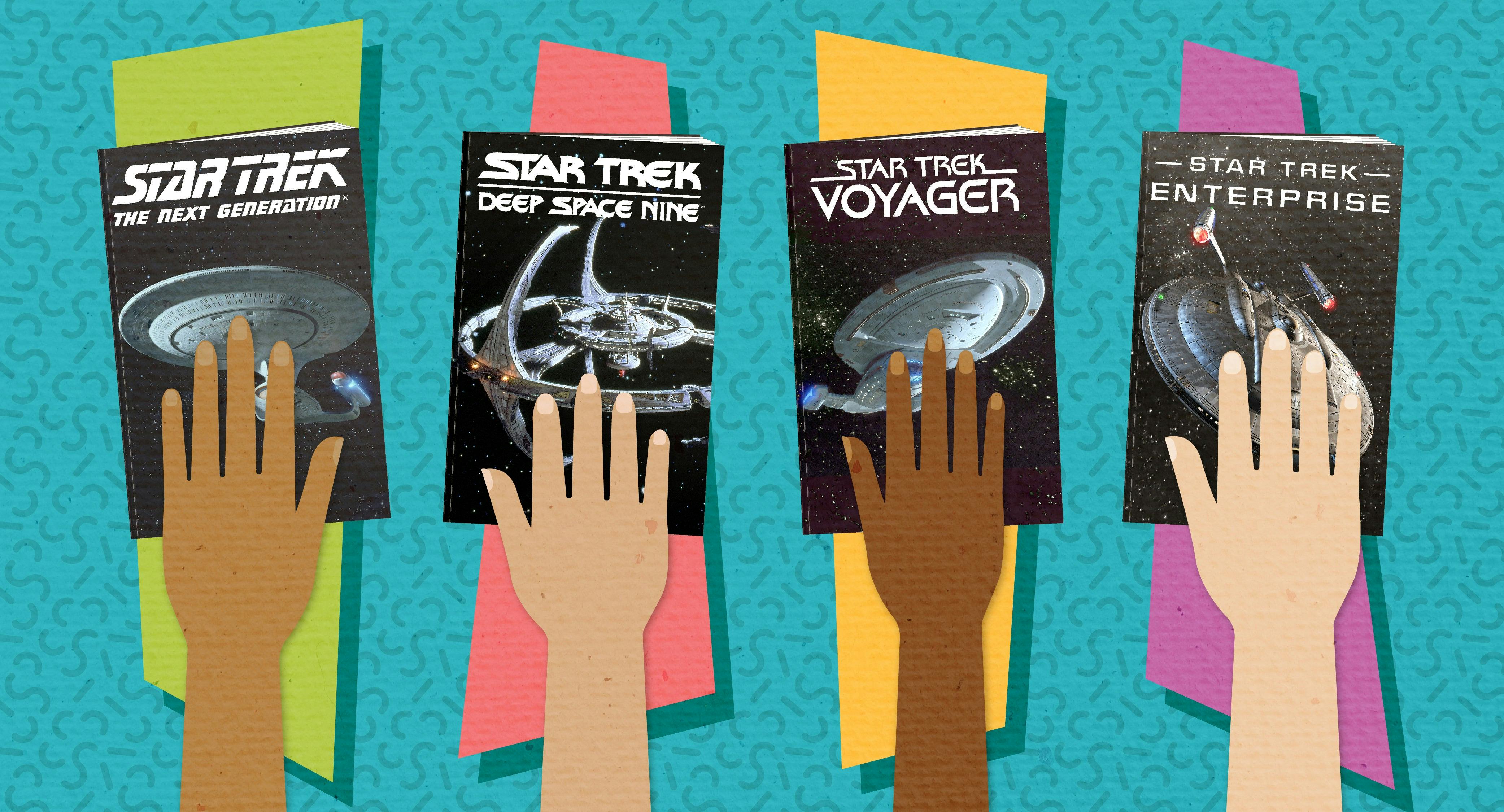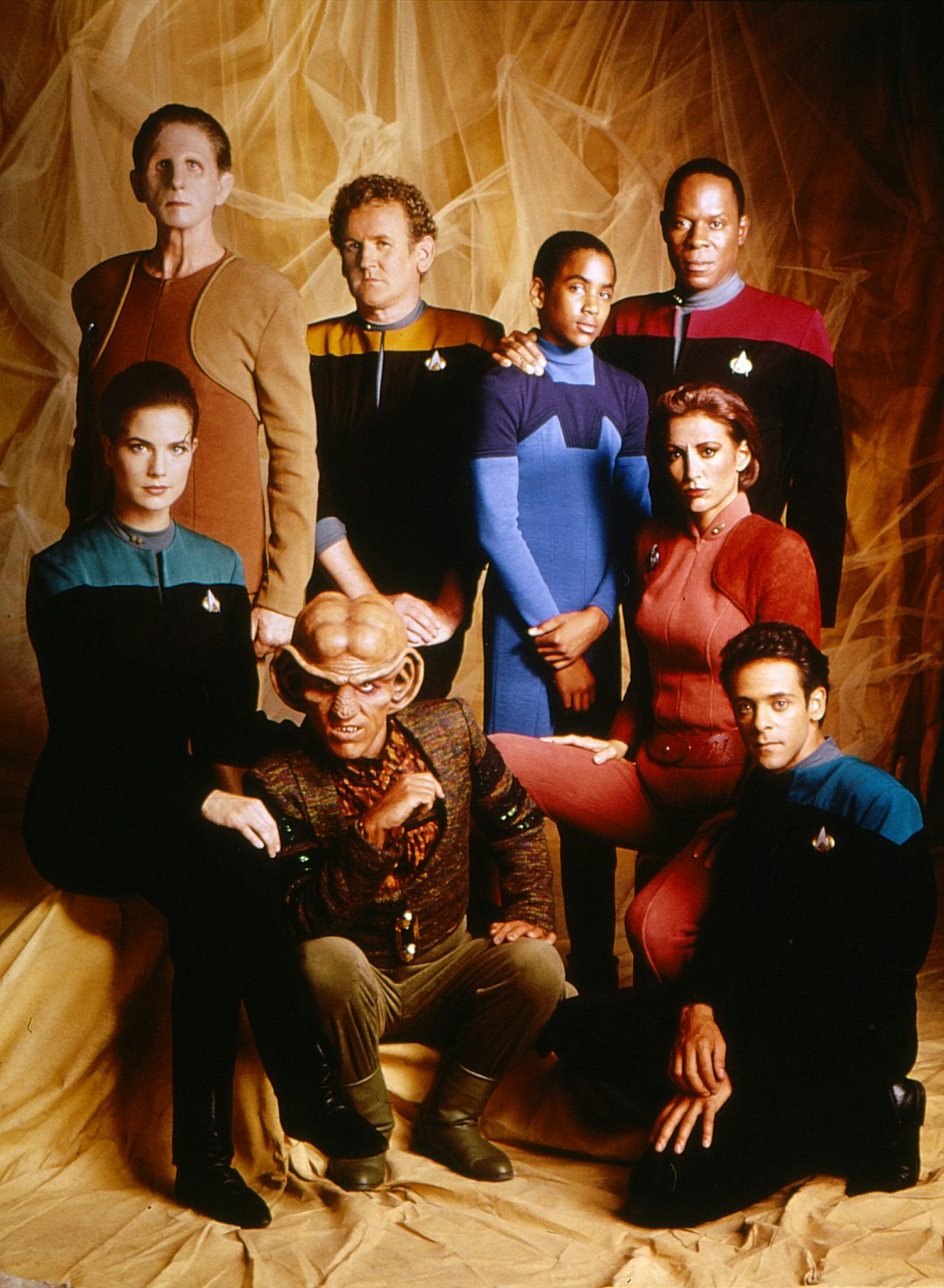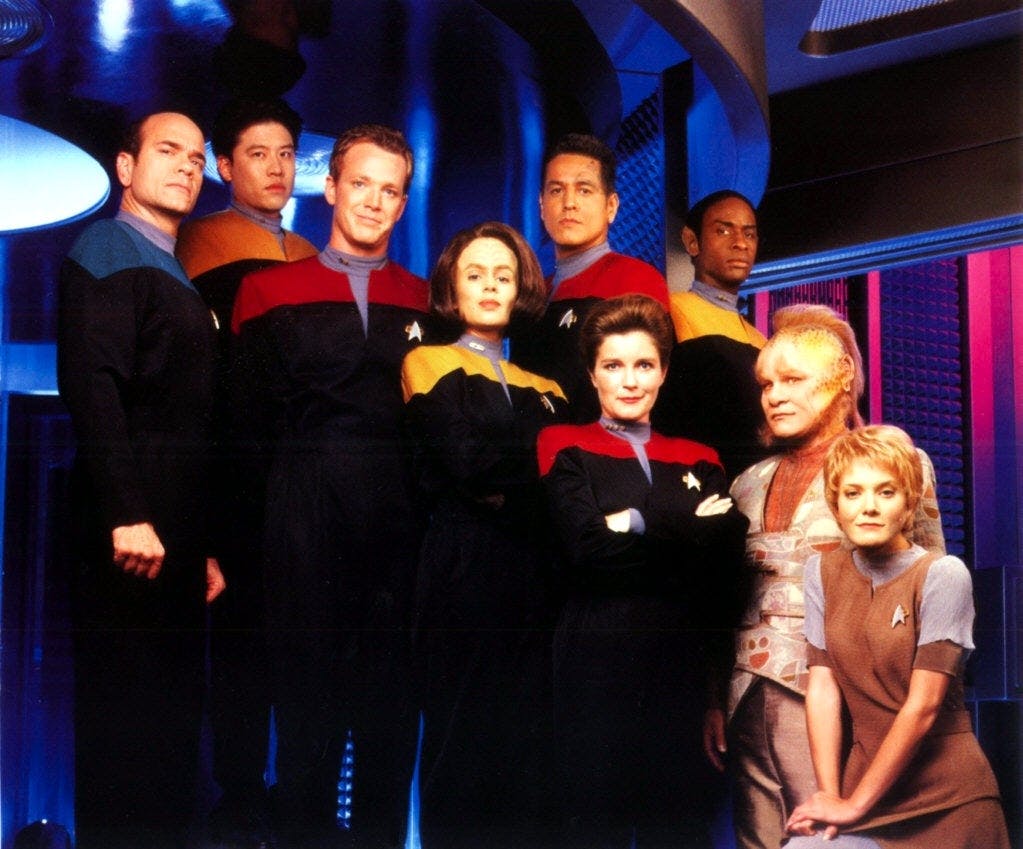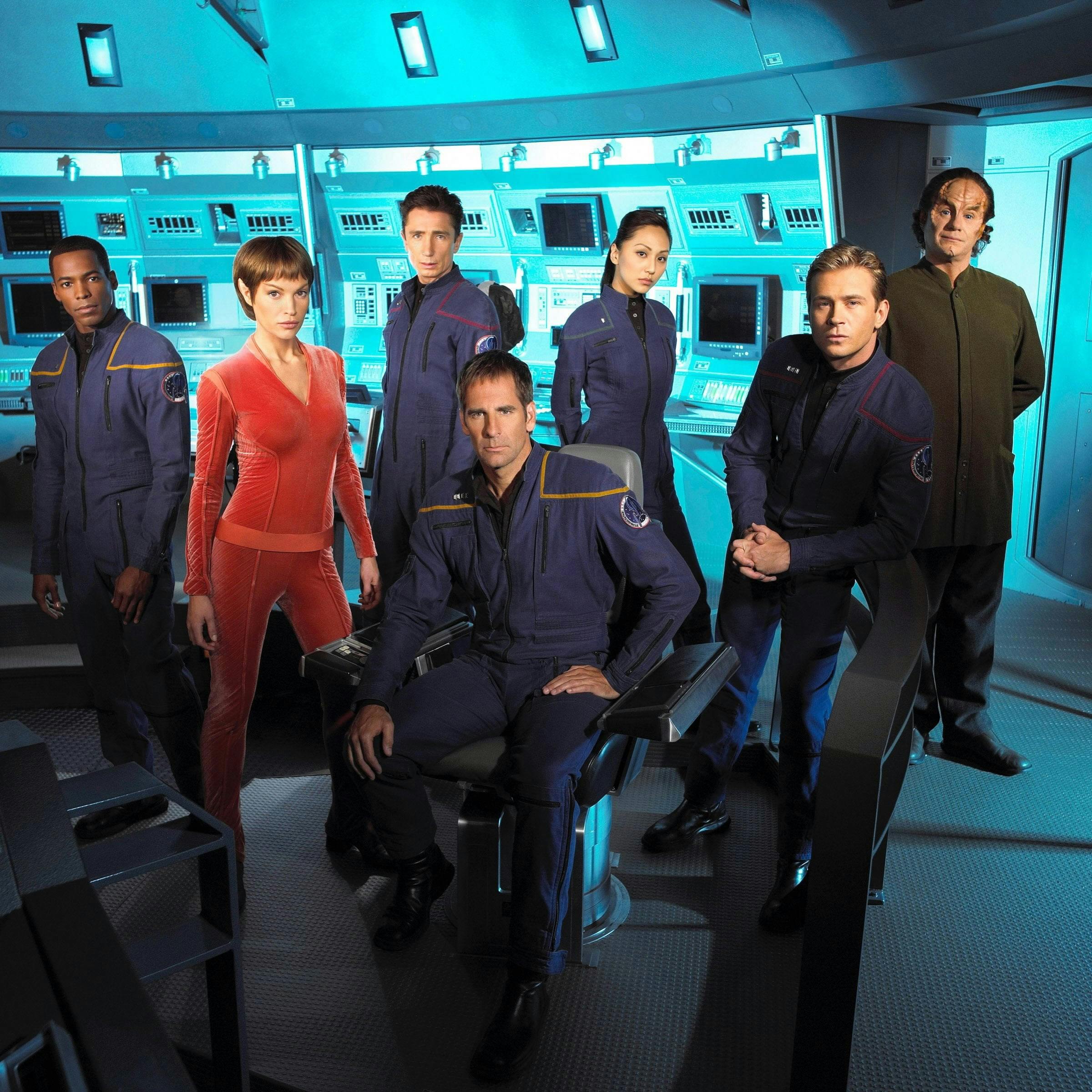Published Aug 31, 2021
A Look Inside Star Trek Series Bibles
How did the series creators originally envision these classic Trek shows?

StarTrek.com
A series bible is the foundational document of every television series we love. It is an important document for the writers and the producers of the show. For the writers, it’s an essential guide to the themes and feel of the show, and contains everything a new writer needs to create stories for the characters while also standing as a refresher for veterans as the seasons wear on. Bibles also serve as a sales document for producers. The best ones have a mix of short term story ideas that will appear in the first season with hints and suggestions of the future should the show become a hit that runs for years.
A Timeline Through the Star Trek Universe
The series bible also often exists as a first draft of a show. Things can change between the creation of the bible and production of the show for a variety of reasons. Budgets grow and shrink, actors are recast and the network might request specific additions or subtractions. Shows can change at many stages in early production; look no further than The Original Series’ "The Cage."
Star Trek fans have a luxury that many in other fandoms do not — several of the original Star Trek series bibles are available online for our perusal! Here are some links to electronic scans of some Star Trek series bibles. We’ve highlighted some of the bigger differences to show early production changes and illuminate roads not taken.

StarTrek.com
- Much of the description of Enterprise-D is about how it is no longer a spartan battleship built for a primary military application. The proposed lounge set located behind the bridge reflects this idea. It was supposed to be a place where crew members could get a quick bite to eat in between shifts, have a drink to relax, and have those moral debates central to the show. This idea split off into two sets during the production of the show; the bridge conference room where Picard sought the counsel of his staff members, and Ten Forward where crew members sought Guinan’s counsel.
- In exploring Star Trek’s legacy, the show saw early on that it also needed to establish its own. The bible states that Next Generation shouldn’t use elements from The Original Series, like characters from the first Enterprise crew or known aliens like the Klingons or Romulans. The show relented a little from this hardline stance with Worf as a member of the ensemble, but it took some time for the show to feel comfortable making direct connections to its older sibling.

StarTrek.com
- Deep Space Nine is a darker look at the bright future of Star Trek. It’s a bit more morally gray in its depiction of the Federation and the Cardassian construction of the station lets the show lean into the overall grungier look of many shows from the 90s. The Promenade was originally meant to be more like a street market out of Blade Runner than the corridors fans know today. This aspect of the set was likely dropped out of budgetary concerns since those hallways would need to be jam-packed with strange props and extras in alien costumes to truly evoke a Blade Runner feel.
- Ships passing through the wormhole were also originally supposed to need to be fitted with special equipment to safely pass through. It made sense for story generation purposes, since every ship needed to stop at the station and bring problems for the ensemble to fix. But it would have robbed us of one of the simplest story ideas that became a staple of the show: weird aliens from the Gamma Quadrant show up out of nowhere and make life difficult for everyone! Without the impulse drive modification, writers could have the best of both worlds.

StarTrek.com
- Characters like Data and Spock are there to observe human frailties and allow the writers to comment on them. The Doctor on Voyager had its own unique take on the role but was originally going to have a different point of view. Rather than the brusqueness that Robert Picardo brought to the role, Doc Zimmerman was supposed to shift personalities slightly whenever he was activated. The traits would depend on whoever was in charge of maintaining his program.
- The linked bible for Voyager shows the sales side of the bible, with press releases featuring information on the stars and producers of the show. Bibles usually don’t have actors in mind for roles when they are written, but Voyager was different. It was one of the flagship shows launching the UPN network in 1995.

StarTrek.com
- Much of the fun in the early episodes of Enterprise is seeing what devices space explorers used before iconic technology like phasers and transporters. Watching that technology evolve is one of the things discussed in the bible, but there’s one bit of tech that went a little too far back. Enterprise’s protein resequencer is an earlier form of the commonly known replicator, which often gets mocked for the limited amount of food it can produce. This earlier version, nicknamed JAW for “Just Add Water” is even less versatile, producing little more than pastas, soups, and simple beverages.
- While most of the bibles featured name changes, Enterprise featured a major character change from concept to production. T’Pol was originally envisioned as a younger version of T’Pau, the Vulcan matriarch in the classic episode "Amok Time." This idea was revisited in season four when T’Pau was shown to be the leader of a rebel sect.
Whether you’re just a curious fan, or one looking for inspiration for fanfiction or Star Trek Adventures sessions, these minor differences found within the Star Trek series bibles are worth checking out to see what could have been.
Rob Wieland (he/him) is an author, game designer and professional nerd who developed the adventure classifications for Star Trek Adventures. He lives in Milwaukee, Wisconsin with his wife, two cats and a future Starfleet Admiral.

